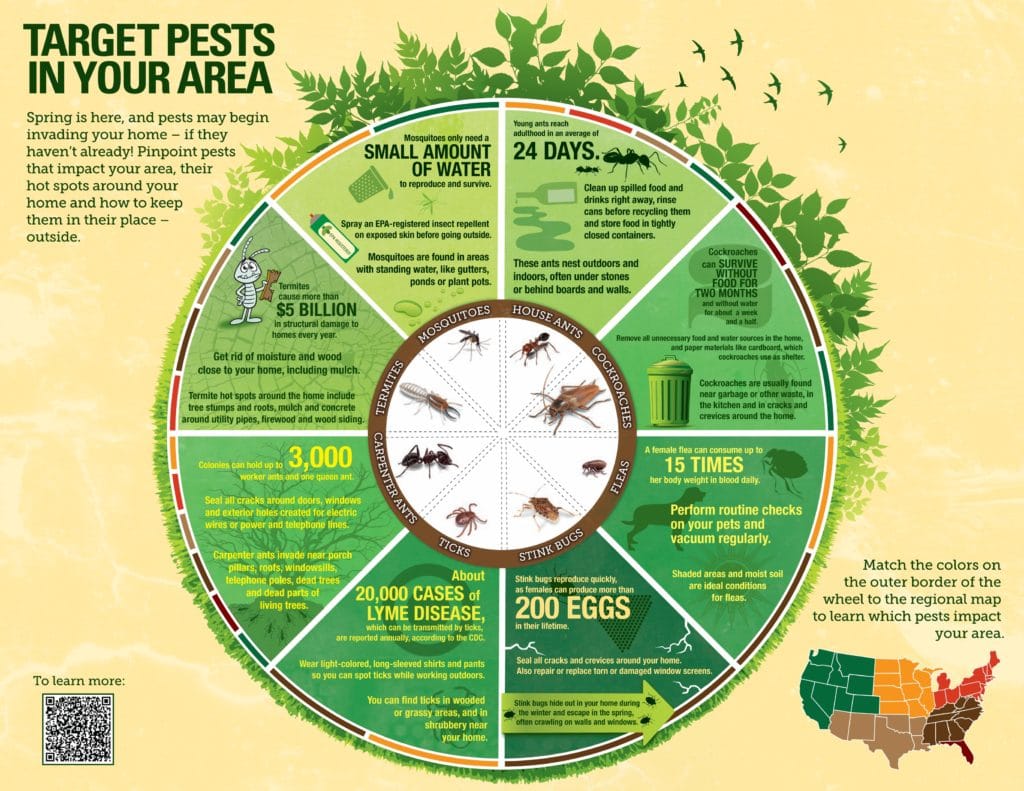Rat Control Recognizing Usual Rodent Behavior
Rat Control Recognizing Usual Rodent Behavior
Blog Article
Content Created By-Cunningham Corbett
When it pertains to rodent control, recognizing typical rodent behavior is essential to properly taking care of problems. Did you know that rodents have some fascinating nesting behaviors that might surprise you? By discovering https://www.myrtlebeachonline.com/news/local/article230591924.html , you can get important insights into just how to take on rodent concerns in an extra tactical and efficient fashion. So, let's unravel the enigmas behind these animals' activities and learn exactly how to outmaneuver them in your rodent control initiatives.
Rodent Nesting Behaviors
When observing rats in their natural environment, you'll see that they actively seek out products to create their nests. Rats, such as mice and rats, are clever animals that use a range of products like branches, leaves, paper, and material to develop their homes. They're precise in their nest-building procedure, usually lining their nests with softer materials like fur or plumes to produce a comfortable atmosphere.
Rodents like to construct their nests in covert and secure locations to shield themselves and their young from killers. Common nesting places consist of wall surface cavities, attics, cellars, and even within insulation products. By constructing their nests in these secluded locations, rats can securely raise their children away from possible dangers.
It is necessary to understand the nesting habits of rats when executing control measures. By interrupting their nests or eliminating products, you can dissuade rats from establishing a visibility in your home or residential property. Correct hygiene and sealing off entry factors are likewise important steps in stopping rodent infestations.
Rodent Feeding Patterns
After observing rats' nesting habits, it ends up being noticeable that their feeding patterns play a vital role in their lives and behaviors. Rats, consisting of computer mice and rats, are opportunistic feeders, implying they'll consume whatever food resource is easily available. They're mainly nighttime animals, favoring to forage for food during the cover of night to avoid killers.
Rats have a diverse diet plan, varying from grains, seeds, fruits, and vegetables to insects, nuts, and even small animals. This adaptability in their food selections allows them to thrive in numerous environments, including metropolitan locations where human food sources are plentiful.
Their feeding patterns aren't just driven by appetite yet likewise by the need to stock food for times of deficiency. This habits is especially visible to prepare for winter months or when nesting. Rodents are known to hoard food in their nests or burrows, guaranteeing a consistent food supply. Understanding their feeding patterns is necessary in executing efficient rodent control steps to interrupt their food resources and avoid invasions.
Rat Movement and Traveling
Rodents browse their environments with agility and stealth, utilizing their keen senses to relocate promptly via their environments. These animals are experienced mountain climbers, able to range walls and upright surface areas easily. They can additionally squeeze through remarkably tiny openings, making it vital to seal off any type of possible entry points in your house.
When it involves taking a trip, rodents have a tendency to comply with acquainted paths, creating tracks along walls or skirting the sides of rooms. They're creatures of habit, usually staying with these developed routes as they forage for food or discover their environments.
Rodents are understood for their nocturnal routines, so you may hear them scooting about in the evening as they look for food and water. https://original.newsbreak.com/@camilo-d-az-1599749/3076335477421-rescue-box-an-easy-craft-to-save-an-animal-s-life are quick and erratic, allowing them to dart in and out of view in the blink of an eye.
Understanding exactly how rodents move and take a trip can aid you determine potential infestation areas in your house and take proactive actions to avoid these pests from acquiring a foothold.
Final thought
As you work to control rodents in your home, remember that understanding their actions is vital. By identifying their nesting routines, feeding patterns, and activity, you can successfully stop infestations.
Together, by taking positive measures to eliminate food sources and seal off access factors, you can interrupt their familiar courses and force them to seek out brand-new locations, ultimately decreasing the probability of rodent existence in your space.
